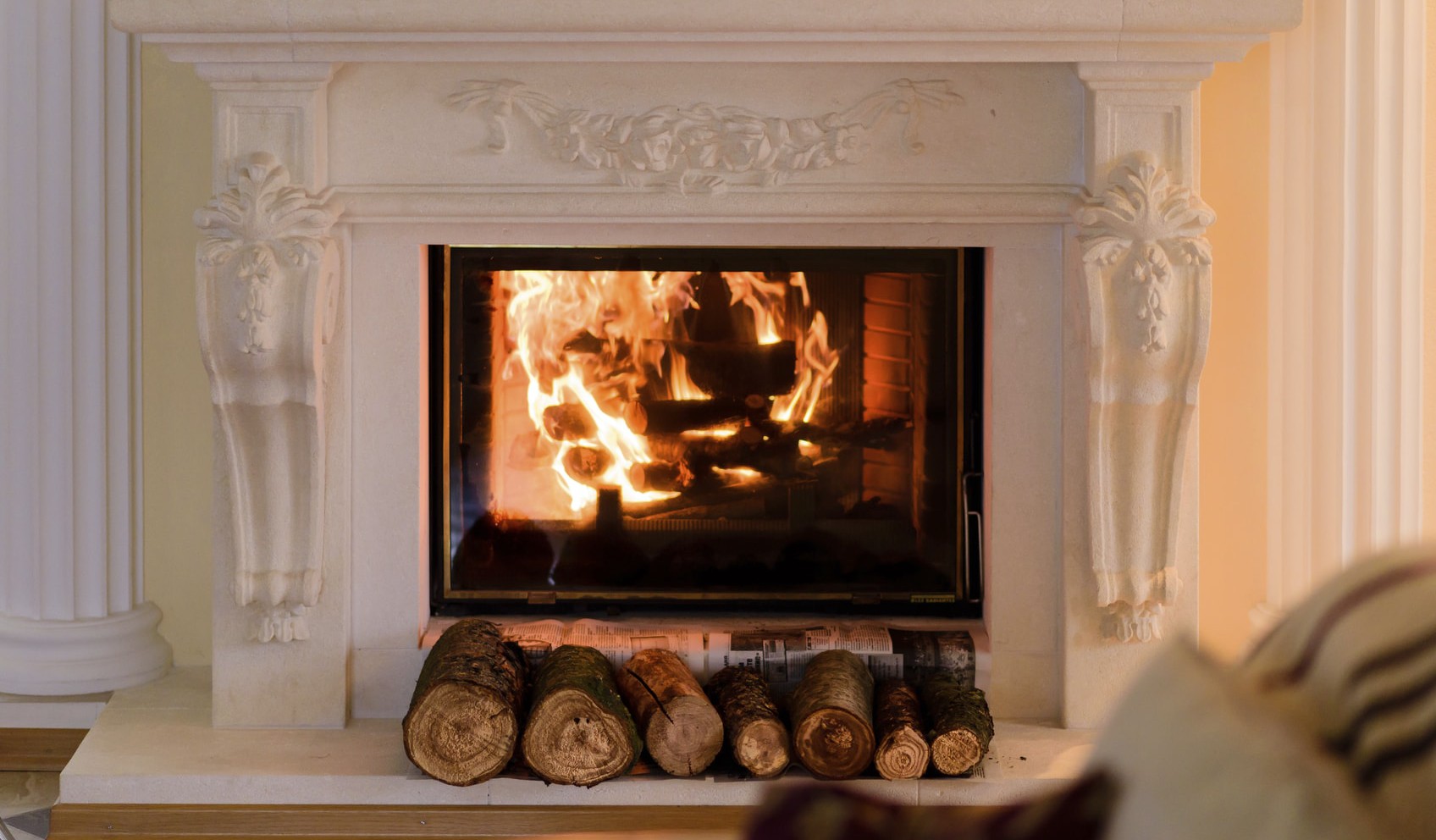
If you’re like most people, saving money on your heating bills is something you strive to do. However, there are safe ways to do it. It’s essential that you practice safety when you’re heating your home this coming winter season since home heating fires and other safety hazards are quite common.
In fact, between 2010 and 2012, in the U.S., there were more than 45,000 home heating fires each year on average causing on average over 150 deaths, 620 injuries and $350 million in property loss.
If you’re considering using an alternative heating source like fireplaces, wood stoves, and space heaters to keep their home warm during the winter, it’s essential that you follow some basic heating safety tips to ensure you stay safe and reduce your risk of a home heating fire.
1. Clean Furnace Area
You should clear away any debris, boxes, storage items, and other items away from the general area of your furnace and keep it cleaned. These types of objects can restrict airflow and can be flammable. Also, never store materials that are combustible like gasoline or paint thinner near your furnace.
2. Set Up a Pre-Season Check-Up
Have your furnace cleaned and inspected by a professional service technician before the winter season approaches to ensure all electrical components, wiring and connections are in good condition and are safe for operation.
3. Keep a Screen on Fireplace
Fireplaces should have a sturdy screen around them to keep sparks and ashes maintained and out of your room. Ensure the ashes are cooled off completely before you put them in a metal container and keep that container away from your home at a safe distance.
4. Space Heaters
When you leave your home or go to bed at night, always ensure all space heaters are turned off. When using them, allow plenty of air around them and don’t sit them near anything that could possibly be flammable.
5. Inspections
Have all alternative heat sources like fireplaces, coal or wood stoves and chimneys inspected and cleaned as well each year.
6. Children
Keep your children away from any portable fuel or electric powered heaters.
7. Venting
Make sure you properly vent all fuel powered heaters (butane oil, kerosene, natural gas).
8. Install Fire Alarms
Install fire alarms (smoke detectors) on each floor of your house and check the batteries of each one periodically to ensure they are still working. If you start hearing a ‘chirping’ noise coming from any of your alarms, it’s time to change the batteries. It’s a good idea to change the batteries, twice a year. A good reminder is to change them when we change the clocks to spring forward and fall back.
9. CO Detectors
Install a carbon monoxide (CO) detector in your home. Since CO is odorless and poisonous, it’s crucial that you keep your family and pets safe from its toxin. Again, be sure to change the batteries twice per year.
10. Fire Escape
Plan a fire escape route for each room of your home and ensure everyone in your household knows it. Ensure it’s easily accessible.
Protecting yourself from home heating fires begins with taking the proper precautions and ensuring you are prepared. You also want to be sure you have proper homeowners insurance in case you do have a fire from a faulty heating unit.